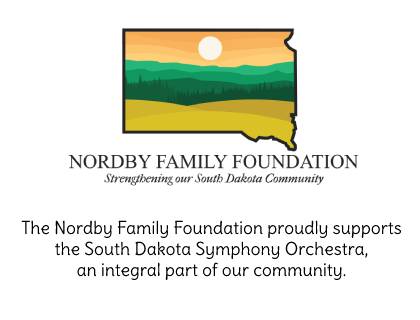Born
March 7, 1875 in Ciboure, France
Died
December 28, 1937, Paris, France
Instrumentation
three flutes (two doubling piccolo), two oboes (one doubling oboe d'amore), English horn, clarinet in E flat, two clarinets in B flat, bass clarinet, two bassoons, contrabassoon, four horns, piccolo trumpet, three trumpets, three trombones, tuba, soprano and tenor saxophones, timpani, two snare drums, cymbals, tam-tam, celeste, harp and strings.
Duration
13 minutes
Work composed
1928
World Premiere
New York Philharmonic, November 14, 1929, with Toscanini conducting, then with Lamoureux Orchestra in Paris on January 11, 2930, with Ravel conducting
Something interesting to listen for:
Ravel described this piece:
"Before the first performance, I issued a warning to the effect that what I had written was a piece...consisting wholly of orchestral texture without music - of one long, very gradual crescendo. There are no contrasts, and there is practically no invention except in the plan and the manner of the execution. The themes are impersonal - fold tunes of the usual Spanish-Arabian kind. Whatever may have been said to the contrary, the orchestral treatment is simple and straightforward throughout, without the slightest attempt at virtuosity."
As a listener notice how the melody moves through the instruments of the orchestra, including some found only rarely. Throughout the snare drum continues the insistent rhythm without speeding or slowing. The forms that Ravel used in other compositions are not present here. This might be termed a theme with variations where the only musical element varied is the timbre. There are some changes in volume, with the overall effect being a long crescendo. And finally for the very last variation Ravel startles us by suddenly changing keys from the C major of the work to one more variation in E major. There is nowhere else to go. We have finished the exploration.
Program Notes:
Written by Anna Vorhes
This work began with a commission. Choreographer Ida Rubinstein asked Ravel for a work that she could produce. Rubinstein had been a dancer with Diaghilev's Ballets Russes and was ready to strike out on her own. Ravel started with the idea of a fandango, a triple meter Spanish dance which appeared in the early 1700s. The fandango is often written for guitar with castanets, and sometimes includes a vocal line. That was too interesting for what Ravel was developing. He moved to the bolero, a dance that appeared almost a century after the fandango. The dance steps of a bolero often include stylized traditional poses, feet sweeping across the floor and knees gracefully bent. Today boleros are included in the canon of South American dances which includes tango, samba, merengue, salsa, and rhumba.
Ravel's choice of the genre certainly enhances the reputation of the dance. There is some evidence that the ballet version with Rubinstein's choreography was presented in November 1928, before the orchestra premier. It was not a success. Much later the work would return to the dance stage.
The piece begins with the snare drummer introducing a rhythm that won't vary. Solo instruments enter with the melody, without variation except that required by the timbre of each instrument. The accompaniment builds throughout, often with an instrument that played the melody joining the accompaniment forces after their melodic turn. Throughout each variation is almost imperceptibly louder than the one before, until we reach a point there is no more room to crescendo. One more variation in a new key and the dance comes to an end.
One interesting thing to consider as you listen to this work involves Ravel's health. The last few years of his life were complex. In 1932 he was in a terrible car accident that is usually cited as one of the major causes of his decline in health and in cognition. By 1935 he could no longer write or speak, living his last two years in silence. We learn more and more about how brains function as we age, and what can affect them. Ravel began forgetting words and had lapses in short term memory that are often cited as the results of this accident. but there is some evidence that perhaps the decline began before the accident. Was Bolero a manifestation of Ravel's changing brain patterns? The science podcast Radiolab presented an episode about Bolero. There suggestion was that perhaps Ravel was showing the early effects of frontotemporal dementia, involving the frontal lobe of his brain. The symptoms of the disease include a strong need for repetition. Ravel was intrigued by what he wrote, but did ti also perhaps fulfill a need to experience repetition? Did the often-blamed car accident exacerbate something that was already developing?





